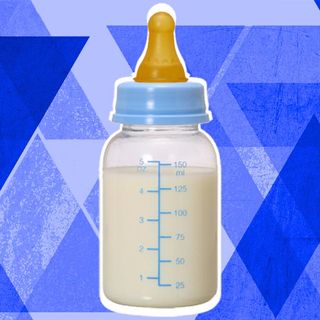Endometriosis is a painful disorder, where tissue that usually lines the inside of the uterus (the endometrium) grows outside the uterus. Treatment usually involves hormone therapy and pain medication, though in some cases conservative surgery or even a hysterectomy is advised. But the researchers at Northwestern Medicine may have found another way to treat it — through bioengineering the human uterus.
The groundbreaking study uses a person’s own available cells (from their skin or blood), manipulating them to be able to fix defects within other disease-causing cells. Known as human pluripotent stem (iPS) cells, these bioengineered cells can be reprogrammed to act as healthy uterine cells, optimal for an auto-transplant since they won’t be rejected by the person’s immune system.
Published in the journal Stem Cell Reports, the study authors are hopeful that iPS cells can potentially replace the defective endometrial cells, thereby alleviating the disorder than 10% of women of reproductive age (200 million women worldwide) face. The consequences of endometriosis — severe pelvic pain, infertility, and an increased risk for ovarian cancer, could be eliminated by this treatment. “This is huge. We’ve opened the door to treating endometriosis,” said senior author Dr. Serdar Bulun, Chair of the Department of Obstetrics and Gynecology at Northwestern University Feinberg School of Medicine and a Northwestern Medicine physician.
The iPS cells could not only eliminate pain in the uterine cavity, by replacing the defective cells that cause inflammation, but could also be a solution for women who aren’t able to conceive. The new, healthy cells forming the endometrium would be more receptive to an implanting embryo. “”One day we hope to make a whole uterus using this cell-based treatment employing the patient’s own iPS cells,” Bulun said.
So far, the success of uterine transplants have relied on the body’s immune system response to the uterus. The problem of organ rejection could be solved, if the entire uterus is bioengineered with the patient’s own iPS cells, that have been reprogrammed to act as uterine cells. However, Bulun and the study authors at Northwestern believe that we still have a way to go, before that becomes a reality.




